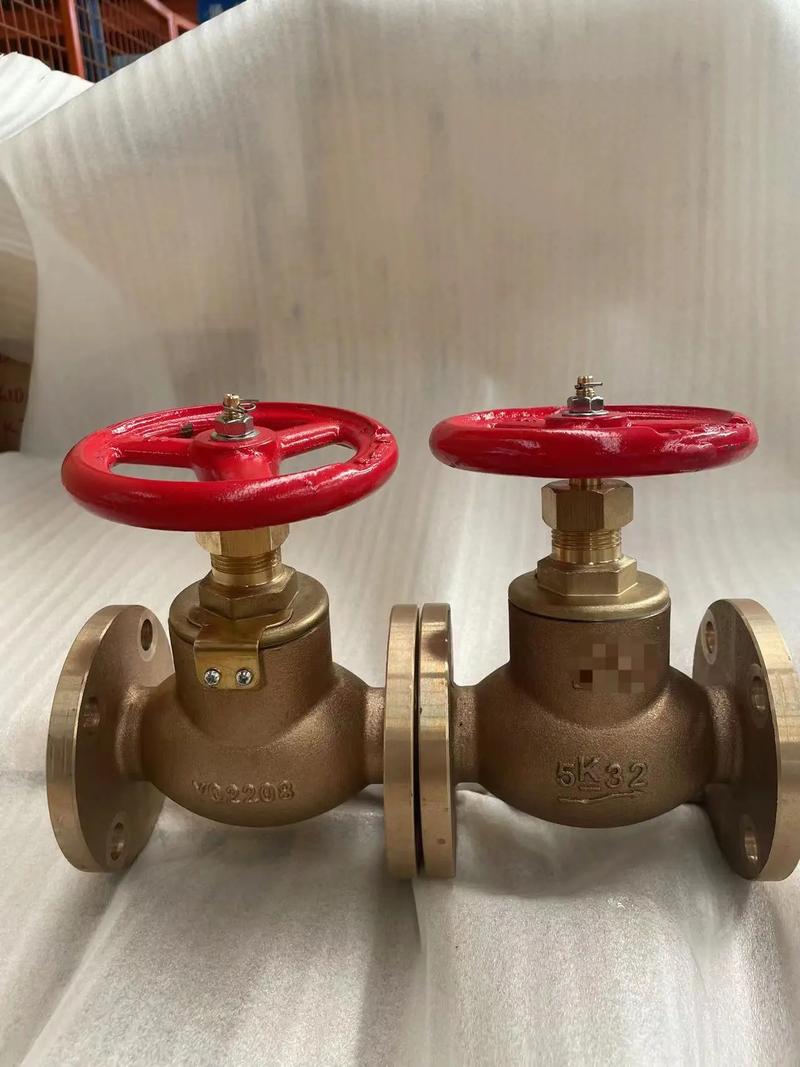|
Marine Valves: Essential Components for Marine Engineering and Oceanic ApplicationsMarine valves are critical components designed to withstand the harsh marine environment while efficiently controlling the flow, pressure, and direction of fluids in ships, offshore platforms, and underwater systems. These valves are specifically engineered to meet the stringent requirements of maritime applications, including corrosion resistance, reliability, and durability. This article explores the definition, types, materials, applications, and future trends of marine valves. 1. Definition and Function of Marine Valves Marine valves, also known as marine valves, are devices used in naval architecture and ocean engineering to regulate the flow of fluids (e.g., seawater, oil, gas, or chemicals) within shipboard systems. They are designed to operate under extreme conditions, such as high pressure, corrosive seawater, and fluctuating temperatures. Key functions include: Flow Control: Opening/closing pipelines to start or stop fluid flow. Pressure Regulation: Maintaining safe pressure levels in systems like cooling, ballast, and hydraulic circuits. Safety: Preventing backflow (via check valves) or overpressure (via safety valves) in critical systems. 2. Types of Marine Valves Marine valves are categorized based on their design, function, and application:
By Design Gate Valves: Ideal for full-flow applications, offering minimal resistance but not suitable for throttling. Ball Valves: Provide tight shutoff and quick operation, commonly used in high-pressure systems. Butterfly Valves: Lightweight and space-efficient, used for on/off control in large pipelines. Check Valves: Prevent backflow in systems like cooling water or fuel lines. Safety Valves: Automatically release excess pressure to prevent system failure. By Application Seawater Valves: Used in cooling systems, fire-fighting, and ballast tanks. Cargo Valves: Regulate the transfer of oil, gas, or chemicals in tankers. Isolation Valves: Cut off fluid flow during maintenance or emergencies. Subsea Valves: Designed for deep-sea operations, such as oil/gas extraction and pipeline control. 3. Material Selection and Design Challenges Marine valves must resist corrosion from seawater, salt spray, and chemicals. Common materials include: Stainless Steel (e.g., 316L): Resists corrosion and is widely used in general marine applications. Duplex/Superalloys (e.g., 2205, Inconel): Offer enhanced strength and corrosion resistance for high-pressure or aggressive environments. Bronze/Copper Alloys: Durable and cost-effective for low-pressure systems. PTFE (Polytetrafluoroethylene): Used for sealing components due to its chemical inertness. Design considerations include: Pressure and Temperature Ratings: Valves must handle deep-sea pressures (e.g., 10,000+ psi) and extreme temperatures. Ease of Maintenance: Modular designs simplify installation and repair at sea. Automation: Increasingly, valves are integrated with electric, hydraulic, or pneumatic actuators for remote operation. 4. Key Applications Marine valves are vital across multiple sectors: Shipboard Systems Cooling Systems: Regulate seawater flow through engine heat exchangers. Ballast Tanks: Control water intake and discharge to adjust a ship’s stability. Fuel and Lubrication Lines: Ensure safe transfer of oil and hydraulic fluids. Offshore and Subsea Engineering Oil & Gas Extraction: Subsea valves manage production, injection, and emergency shutdowns in offshore platforms. Marine Renewable Energy: Used in tidal and wave energy systems to regulate fluid dynamics. Underwater Pipelines: Prevent leaks and control fluid flow in transoceanic infrastructure. Specialized Systems Desalination Plants: Regulate seawater inflow and brine discharge. Military Vessels: Customized valves for high-security systems, such as submarine ballast controls. 5. Market Trends and Future Innovations The global marine valve market is driven by growing demand in offshore energy, maritime transport, and marine infrastructure. Key trends include: Smart Valves with IoT Integration: Sensors and real-time monitoring systems enhance predictive maintenance and operational efficiency. Sustainable Materials: Eco-friendly alloys and composites reduce environmental impact. Subsea Valves for Deep-Sea Exploration: Advanced designs enable operations at depths exceeding 3,000 meters. Regulatory Compliance: Strict maritime standards (e.g., ISO 13623, API 17D) prioritize safety and environmental protection. According to industry reports, the global marine valve market is projected to grow at a CAGR of 6.89% through 2030, driven by rising investments in offshore oil/gas and renewable energy projects. 6. Conclusion Marine valves are indispensable for ensuring the safety, efficiency, and longevity of maritime systems. As technology advances, innovations in materials, automation, and sustainability will further expand their role in exploring and harnessing the ocean’s resources. From cargo ships to subsea oil rigs, these valves remain a cornerstone of modern marine engineering. |

